Integrating Culture and Technology in the English Language Learning Process
Resumen
This article titled "Integrating Culture and Technology in the English Language Learning Process" aims to explore how integrating local culture and technology can enhance the English learning process for ninth-grade students in a rural Colombian school. Using a qualitative action-research approach, strategies combining regional cultural elements and technological tools, such as Canva, were implemented to boost students’ motivation and performance in English classes. Data collection methods included structured interviews, classroom observations, and the analysis of artifacts such as brochures created by the students. The findings showed that students established a stronger connection with the content by linking their culture to language learning, resulting in improved comprehension and engagement. The study concludes that incorporating culture and technology in the classroom can create a more meaningful and motivating learning environment, though longer-term interventions are necessary to assess its long-term impact.
Descargas
Citas
Barnhardt, R., & Kawagley, A. O. (2005). Indigenous knowledge systems and Alaska Native ways of knowing. Anthropology & Education Quarterly, 36(1), 8-23.
https://doi.org/10.1525/aeq.2005.36.1.008
Beaven, T., & Rosell-Aguilar, F. (Eds.). (2021). Innovative language pedagogy report. Research-publishing.net.
https://doi.org/10.14705/rpnet.2021.50.9782490057863
Byram, M. (2021). Teaching and Assessing Intercultural Communicative Competence. En Multilingual Matters eBooks.
https://doi.org/10.21832/9781800410251
Cohen, L., Manion, L., & Morrison, K. (2018). Research methods in education (8th ed.). Routledge.
https://doi.org/10.4324/9781315456539
Creswell, J. W. (2018). Research design: Qualitative, quantitative, and mixed methods approaches (6th ed.). Sage Publications.
https://doi.org/10.1007/s11135-023-01798-2
Dewey, J. (1938). Experience and education. Macmillan.
https://archive.org/details/ExperienceAndEducation
Eisner, E. W. (1991). The enlightened eye: Qualitative inquiry and the enhancement of educational practice. Macmillan.
https://www.jstor.org/stable/1320828
Glesne, C., & Peshkin, A. (2015). Becoming qualitative researchers: An introduction (5th ed.). Pearson.
González Otero, R. (2016). Innovative resources based on ICTs and authentic materials to improve EFL students’ communicative needs. In A. Pareja-Lora, C. Calle-Martínez, & P. Rodríguez-Arancón (Eds.), New perspectives on teaching and working with languages in the digital era (pp. 83-93) Dublin.
dx.doi.org/10.14705/rpnet.2016.tislid2014.424
Kemmis, S., & Halkes, R. (1988). The action-research cycle. Journal of Curriculum Studies, 20(2).
https://doi.org/10.1080/0022027880200205
Kormos, J., & Wisdom, S. (2021). The role of cognitive factors in second language writing and writing to learn a second language. Studies in Second Language Acquisition Cambridge University Press.
https://doi.org/10.1017/S0272263122000481
Kramsch, C. (1993). Context and culture in language teaching. Oxford University Press.
https://books.google.com/books/about/Context_and_Culture_in_Language_Teaching.html?id=73rFnM6qlrwC
Lewin, K. (1946). Action research and minority problems. Journal of Social Issues, 2(4), 34-46.
https://doi.org/10.1111/j.1540-4560.1946.tb02295.x
Merriam, S. B., & Tisdell, E. J. (2015). Qualitative Research: A Guide to Design and Implementation. Jossey-Bass.
https://www.scirp.org/reference/referencespapers?referenceid=2738989
Miles, M. B., & Huberman, A. M. (1994). Qualitative data analysis: An expanded sourcebook (2nd ed.). Sage Publications.
https://archive.org/details/qualitativedataa00mile
Neuman, W. L. (2023). Social research methods: Qualitative and quantitative approaches (9th ed.). Pearson.
Nurhadi, Yasin, M., & Senduk, A. (2004). Contextual Teaching and Learning (CTL) and its Application in the Classroom. Indonesia Ministry of National Education.
https://media.neliti.com/media/publications/216620-none.pdf
Patton, M. Q. (2015). Qualitative research & evaluation methods: From design to interpretation. Sage Publications.
https://us.sagepub.com/en-us/nam/qualitative-research-evaluation-methods/book232962
Rodgers, C. R. (2002). Experiential learning: A basic humanistic approach to teaching and learning. Merrill.
https://www.instructionaldesign.org/theories/experiential-learning/
Suryani, A., Soedarso, Diani, K.T., & Rosmawati. (2020). English teaching in social and cultural contexts: Language teachers as cultural managers. LLT Journal: A Journal on Language and Language Teaching, 23(2), 273-293
https://e-journal.usd.ac.id/index.php/LLT/article/view/2470
Tessmer, M., & Richey, J. (1997). Teaching for understanding: A comprehensive approach to curriculum and instruction. Allyn & Bacon.
https://doi.org/10.1007/s11135-023-1935
Tessmer, M., & Richey, R. (1997). The role of context in learning and instructional design. Educational Technology Research and Development, 45, 85-115.
Derechos de autor 2024 Sara Cortés Ospina, Juan Diego Velandia Lozano, Laura Fernanda Romero Martinez

Esta obra está bajo licencia internacional Creative Commons Reconocimiento 4.0.







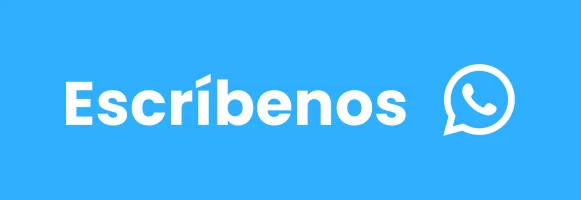



.png)
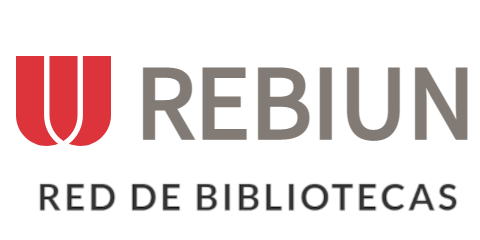







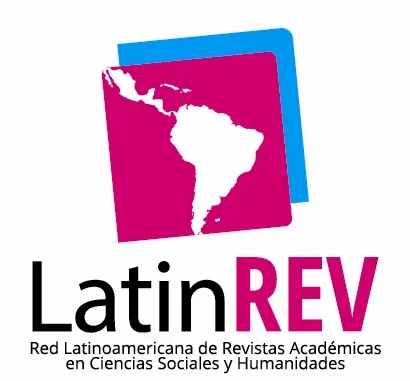

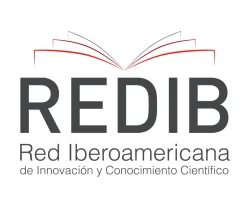


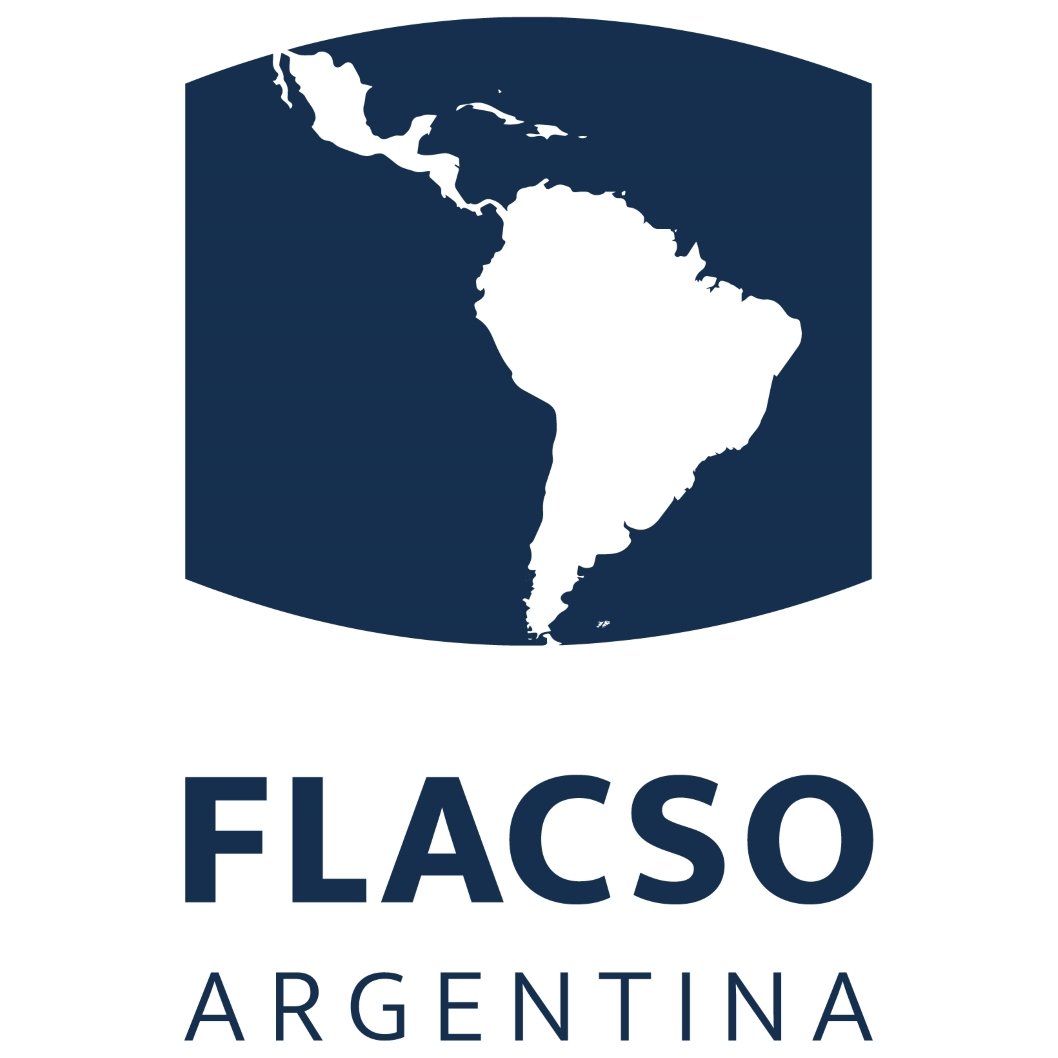
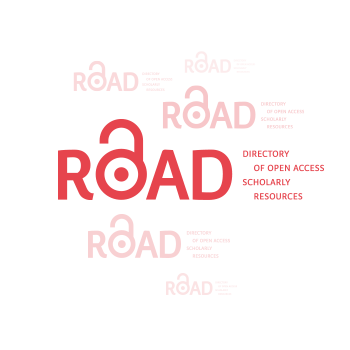





.png)
1.png)


